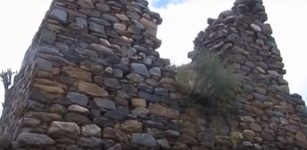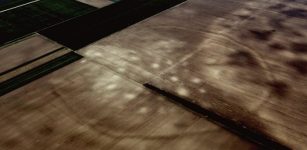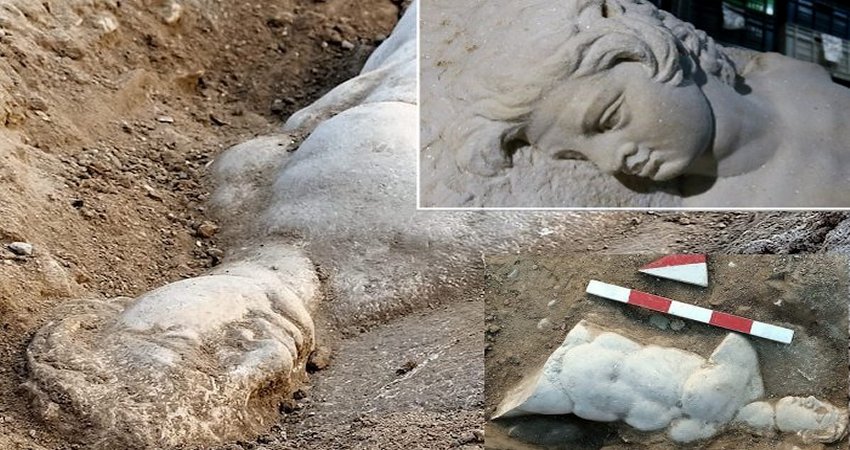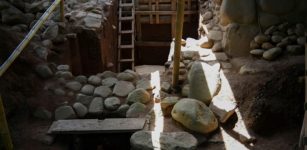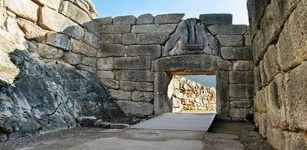Giant Stone Balls Discovered Underground In Siberia
MessageToEagle.com – Giant stone balls have been discovered underground at a coal mine in Siberia. The mysterious huge stone spheres have been nicknamed ‘Jurassic pearls’.
Unearthed by an excavator at Sereulsky coal mine, in the Nazarovo district of Krasnoyarsk region, lying close together, the ten spheres are around half the size of a human, a metre or so in diameter, and almost perfectly round and smooth.
What is really remarkable is how they change color after coming in contact with rain. Experts think this is due to iron oxide in their composition.
Unique stone spheres have been discovered in different places around the world are considered one of the most enigmatic archaeological puzzles.
Where these intriguing formations come from has not yet been determined; they simply appeared on our planet.
See also:
Mysterious Stone Of The Sky God: Krishna’s Butter Ball Defies All Laws Of Physics
Why Are The Billions Of Years Old Moeraki Boulders So Perfectly Round?
The stone spheres appear to be Siberian cousins of the Moqui Marbles, also called Moqui balls, which are iron oxide concretions in outcrops of the Navajo Sandstone in the American state of Utah.
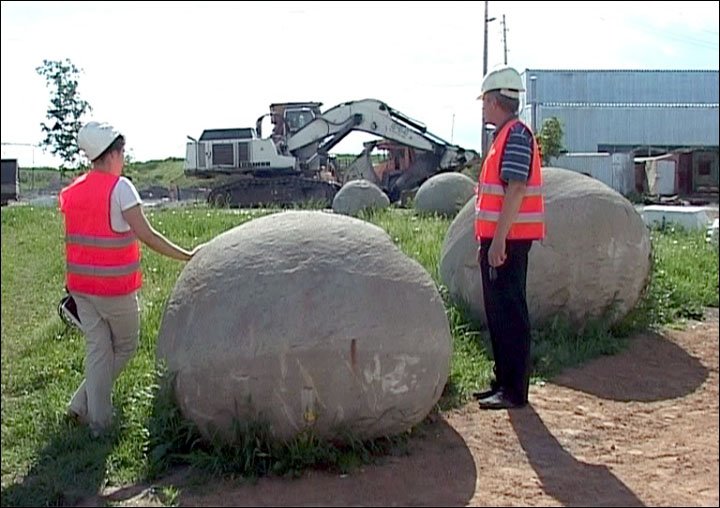
According to scientists In Siberia these giant stone balls are a leftover from Jurassic times. The strange balls were formed by a natural process likened to the formation of pearls.
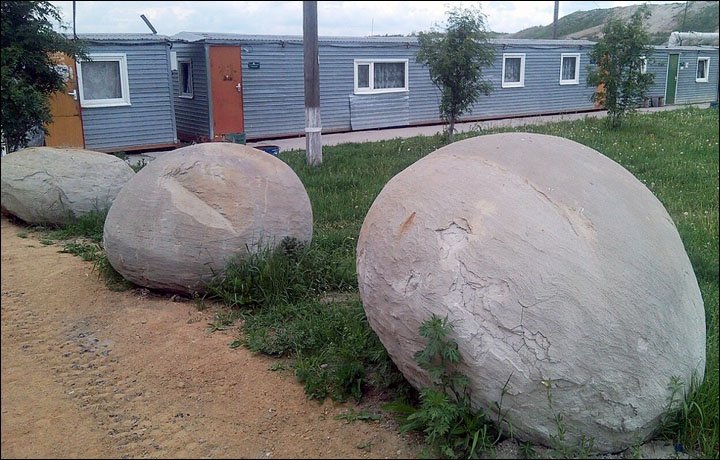
The stone balls are known as concretions. They form in sedimentary rocks by the precipitation of a considerable amount of cementing material around a nucleus, often organic, such as a leaf, tooth, piece of shell or fossil.
“The balls are formed the same way as a pearl, when a grain of sand gets into the shell and the clam tries to get rid of it. Water flowing through sedimentary rock leaves behind minerals that glue together masses of sand, mud or other particles. These concretions are very rare,” Olga Yakunina, of the Geology Museum of Central Siberia, said.
MessageToEagle.com




